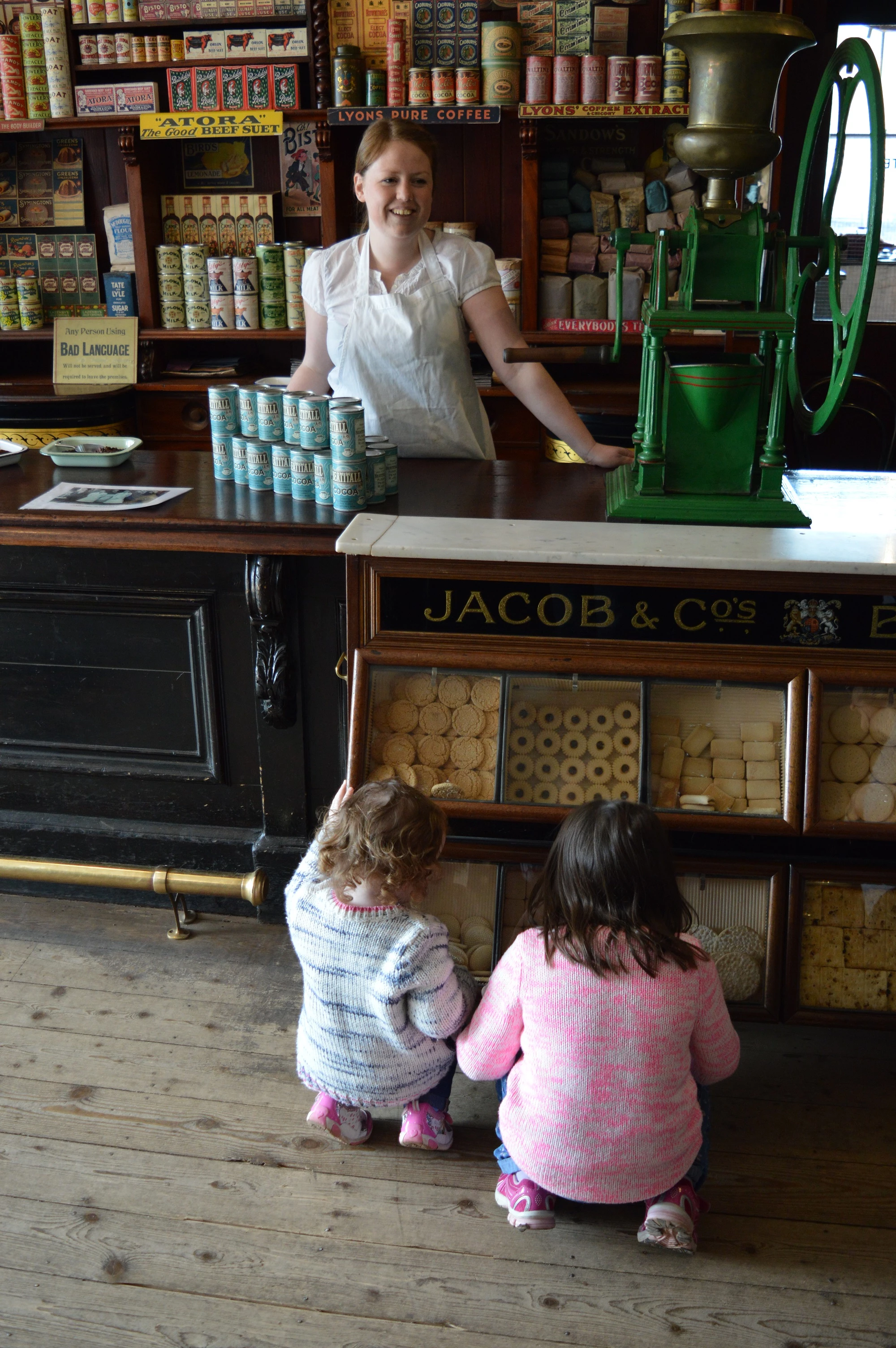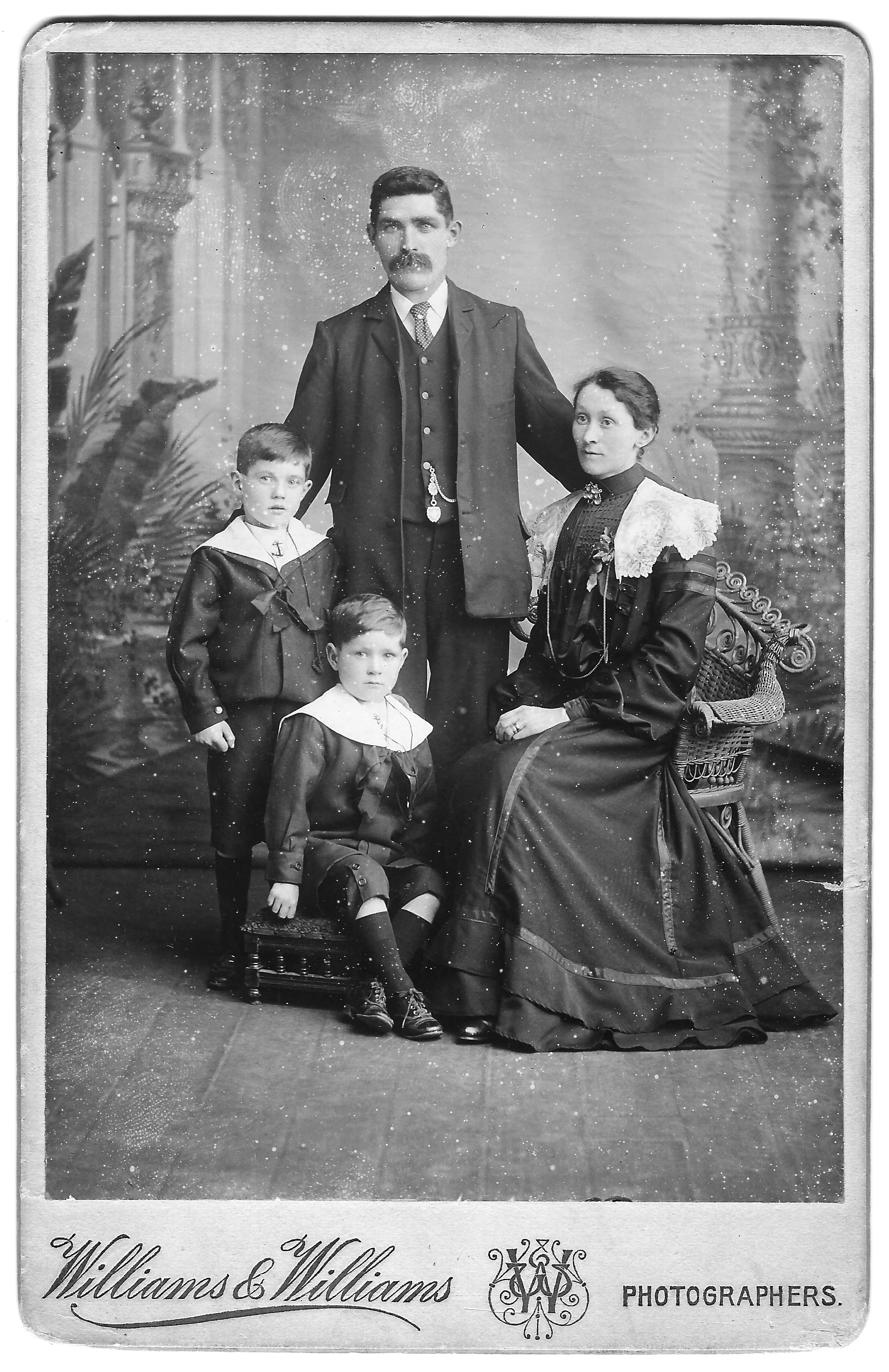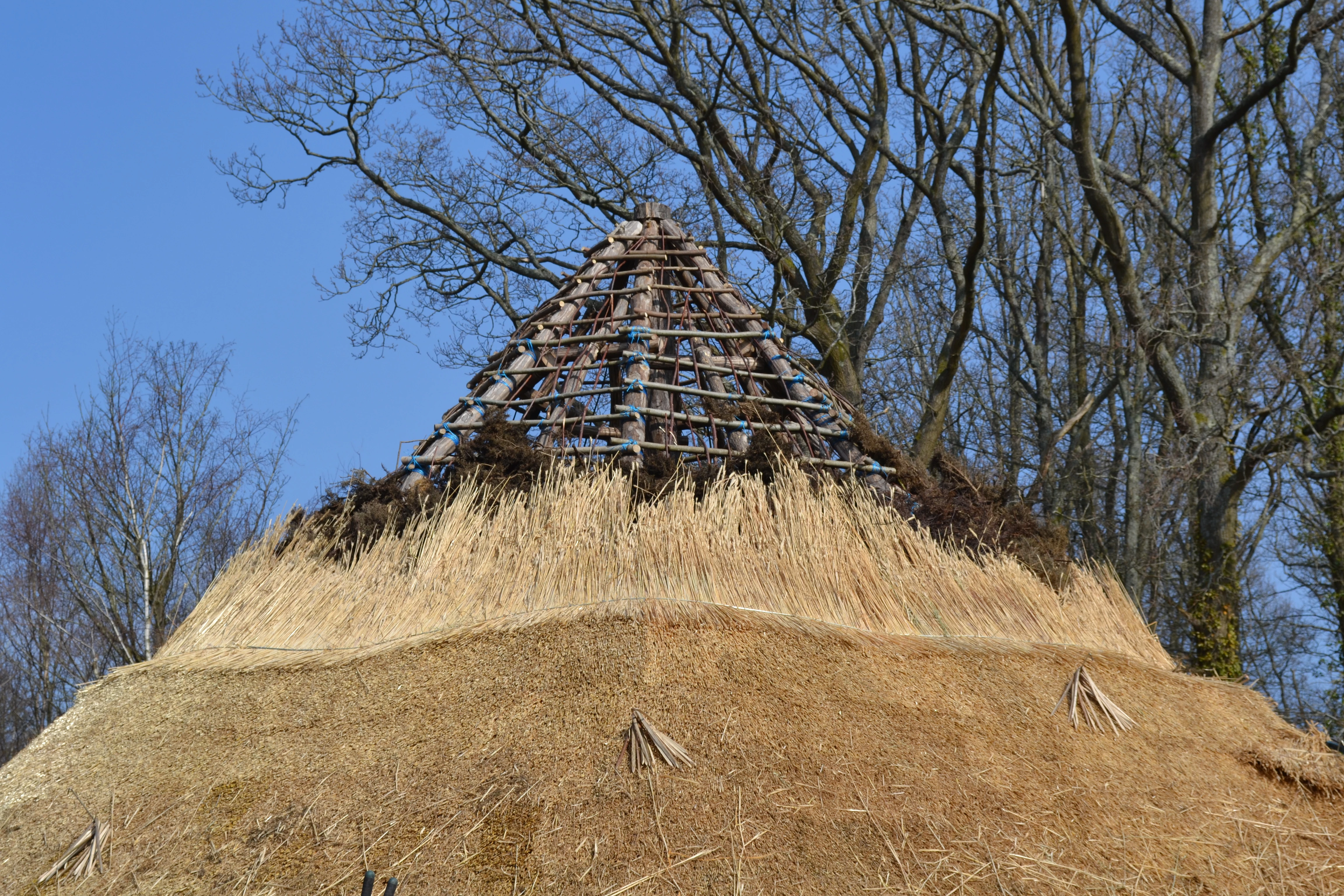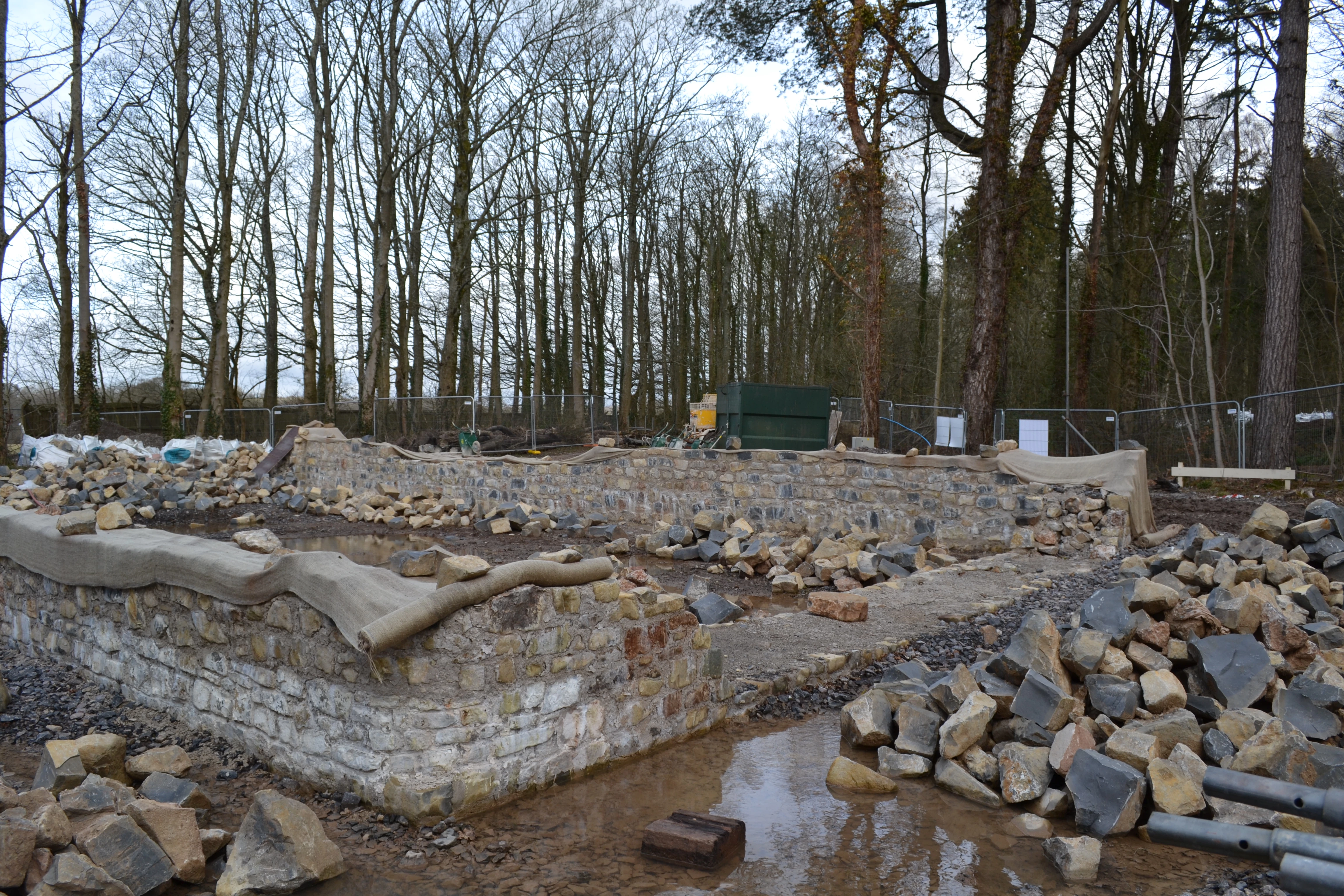Trwy'r Twll Clo yn Siop Gwalia
, 14 Mai 2015
Dros y Pasg, cynhaliwyd gweithgaredd o’r enw ‘Trwy’r Twll Clo' yn Sain Ffagan. Y syniad oedd i aelodau o’r Adran Addysg fod yn yr adeiladau hanesyddol yn dehongli a dangos gwrthrychau i’n hymwelwyr, er mwyn denu sylw at hanes yr adeilad neu agwedd wedi ei gysylltu â fo. Yn ystod yr wythnos bydd 3 blog gan 3 aelod o staff a gynhaliodd y digwyddiad yma.
Roedd hi’n ben set arna i fi braidd yn penderfynu pa adeilad i ddefnyddio. Felly dyma fi’n penderfynu tro ‘mha, i lynu at rywbeth dwi’n nabod reit dda yn barod, sef Siop Gwalia. Dwi’n cynnal sesiynau addysg ffurfiol (hefo grwpiau plant ysgol) yma’n barod felly mae gen i syniad reit dda o’i hanes a beth allai wneud yna, ac mae gen i wisg yn barod i fynd!
Mi oni wedi herwa’r archif er mwyn cael lluniau o’r siop yn ei leoliad gwreiddiol, ac roedd gen i goffi ffres a ffa coffi er mwyn dangos y peiriant malu ffa. Defnyddiol hefyd i ddod a ‘chydig o aroglau yn ôl i’r siop a fysa’n llawn aroglau pan oedd ar agor yn gwerthu’r holl gaws, ffrwythau sych, cig, te, coffi a bob math o bethau.
Un o’r lluniau a greodd yr ymateb fwya’ oedd ‘ Gorwyl House’ ar ben y bryn uwch Cwm Ogwr, tŷ adeiladodd Wiliam Llywelyn pan wnaeth ddigon o ffortiwn i symud allan o fod uwchben y siop. Mae’r gwrthgyferbyniad rhwng y tai eraill a lleoliad y ‘mansion’ fel gelwid y tŷ yn lleol, yn neges glir o statws uchel y teulu Llywelyn ar anterth Siop Gwalia yng Nghwm Ogwr.
Roedd yn brofiad braf bod yn y siop a chael cyfle i allu adrodd ei hanes, sy’n adlewyrchol o hanes y cymoedd yn gyffredinol. Ond hefyd siarad gyda’r ymwelwyr am ba mor wahanol oedd y profiad o fynd i siop tua 100 mlynedd yn ôl, pa mor gymdeithasol yn enwedig.
Roedd y staff yn cael eu hyfforddi am flynyddoedd ac roedd yn swydd uchel iawn ei barch, ac roedd y siopau gwir yn ganolbwynt i’r gymdeithas. Braf iawn oedd hefyd cyfarfod rhai o gyn-gwsmeriaid y siop yn hel atgofion yno, daeth mwy nag un i mewn yn cofio’r siop yn ei leoliad gwreiddiol. Disgrifiodd un ddynes y bwlch oedd yng Nghwm Ogwr yn ei le dros y ffordd i’r orsaf drên, ac wrth drafod ac edrych nôl mae colli profiad siopa fel hyn wedi gadael bylchau mawr ar draws Gymru
Bydd y blog nesaf yn dilyn cyn bo hir yn trafod y gweithgaredd wedi ei leoli yn un o’r adeiladau hanesyddol eraill.








